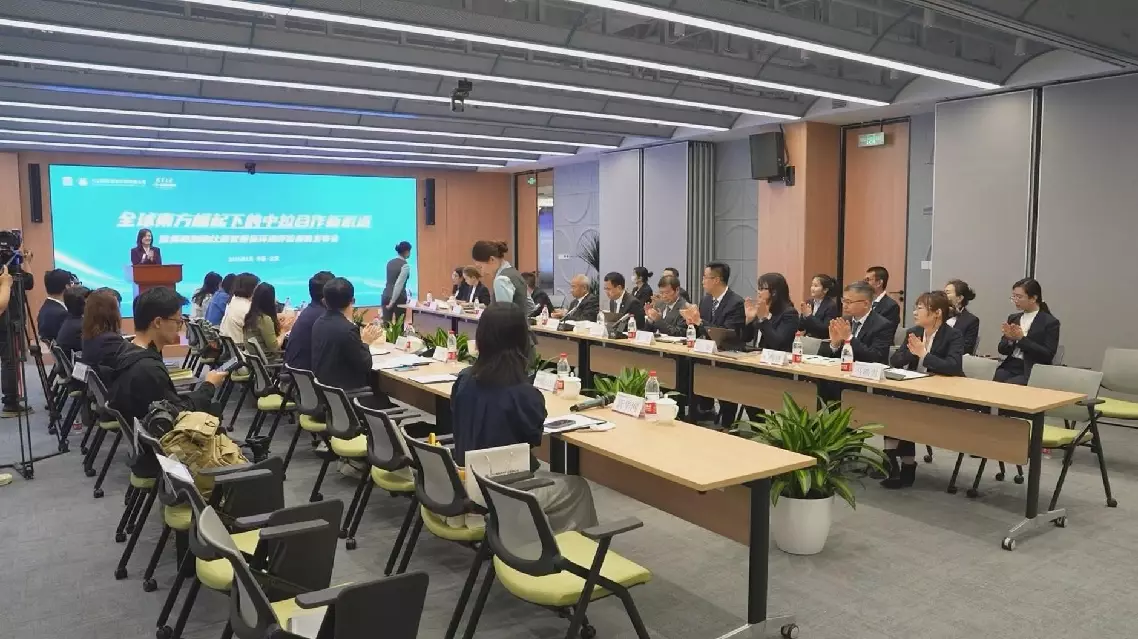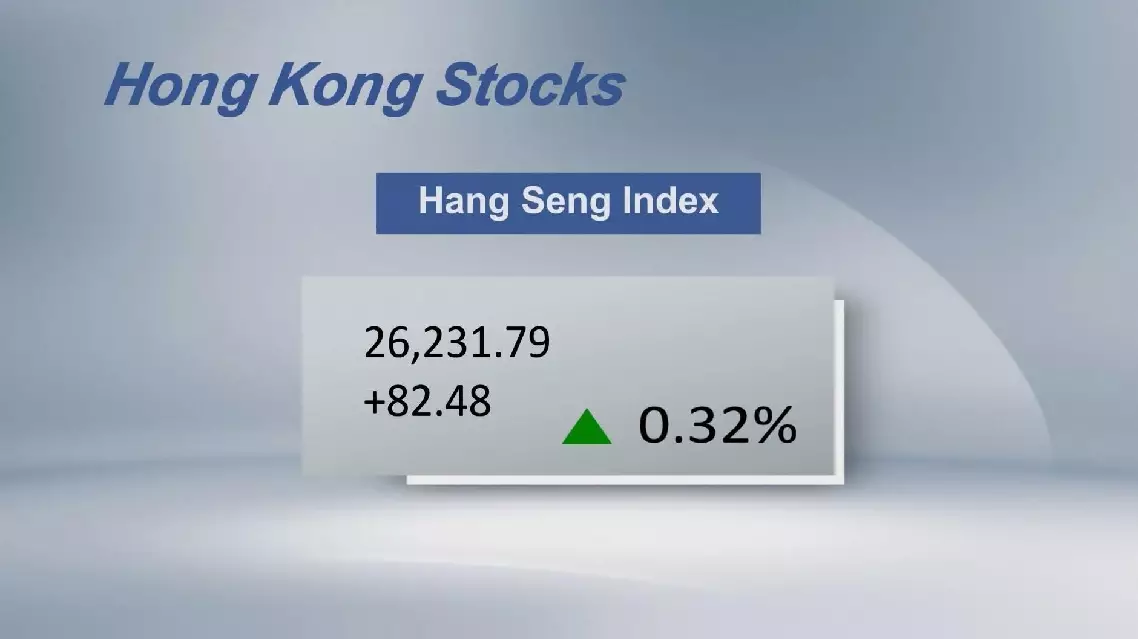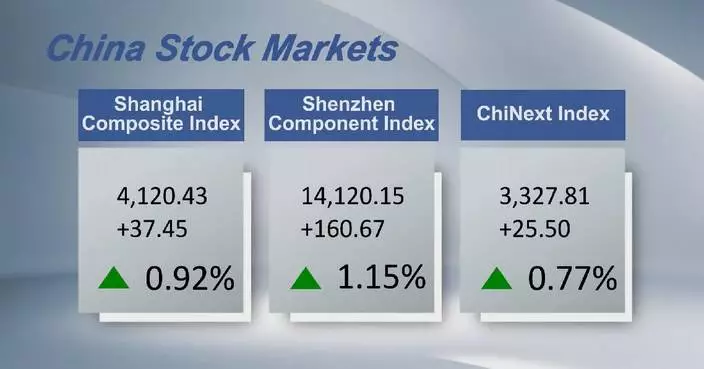Chinese credit rating agency Dagong Global and the Belt and Road research institute under the Tsinghua University on Monday released a report on evaluating investment environments in Latin American and Caribbean countries.
The report came one day before the fourth ministerial meeting of the China-CELAC (Community of Latin American and Caribbean States) Forum in the Chinese capital city.
The report offers national investment environment evaluations for Brazil, Mexico, Colombia, Chile and Peru.
It highlights regional investment trends, offering targeted decision-making guidance for Chinese firms venturing abroad to drive high-quality growth of China-CELAC economic and trade cooperation, according to officials from the organizing institutes.
"Chinese companies need to adopt a gradient and differentiated strategy when investing in various regions. They can also learn from the development zone model, form an industrial cluster effect through local employment and industrial chain matching, and reduce corporate operating costs. They should also strengthen risk prevention mechanisms and systemic risks management. Chinese companies should enhance communication with local government chambers of commerce and communities, predict policy fluctuations, improve dynamic monitoring mechanisms, and promote cultural and economic exchanges through people-to-people connectivity. For example, they can make a use of local characteristic cultural labels such as Brazilian coffee and Chilean cherries to empower China-CELAC economic and trade cooperation to further promote trade growth and cultural exchanges," said Lyv Bole, chairman of Dagong Global Credit Rating.
"Latin America holds significant investment potential for China, its large youth population creates a substantial consumer market. The region's rich natural resources, such as lithium, copper, and iron ore, complement China's technological capabilities. Latin American countries are also pursuing energy transitions, offering opportunities for companies like BYD to drive the new energy industry. Additionally, the region's well-developed legal system and high-quality workforce are strong draws for Chinese investment," said Shi Zhiqin, executive dean of the Belt and Road Initiative Strategy Institiue at the Tsinghua University.

China's rating agency, top university release investment report on CELAC countries









